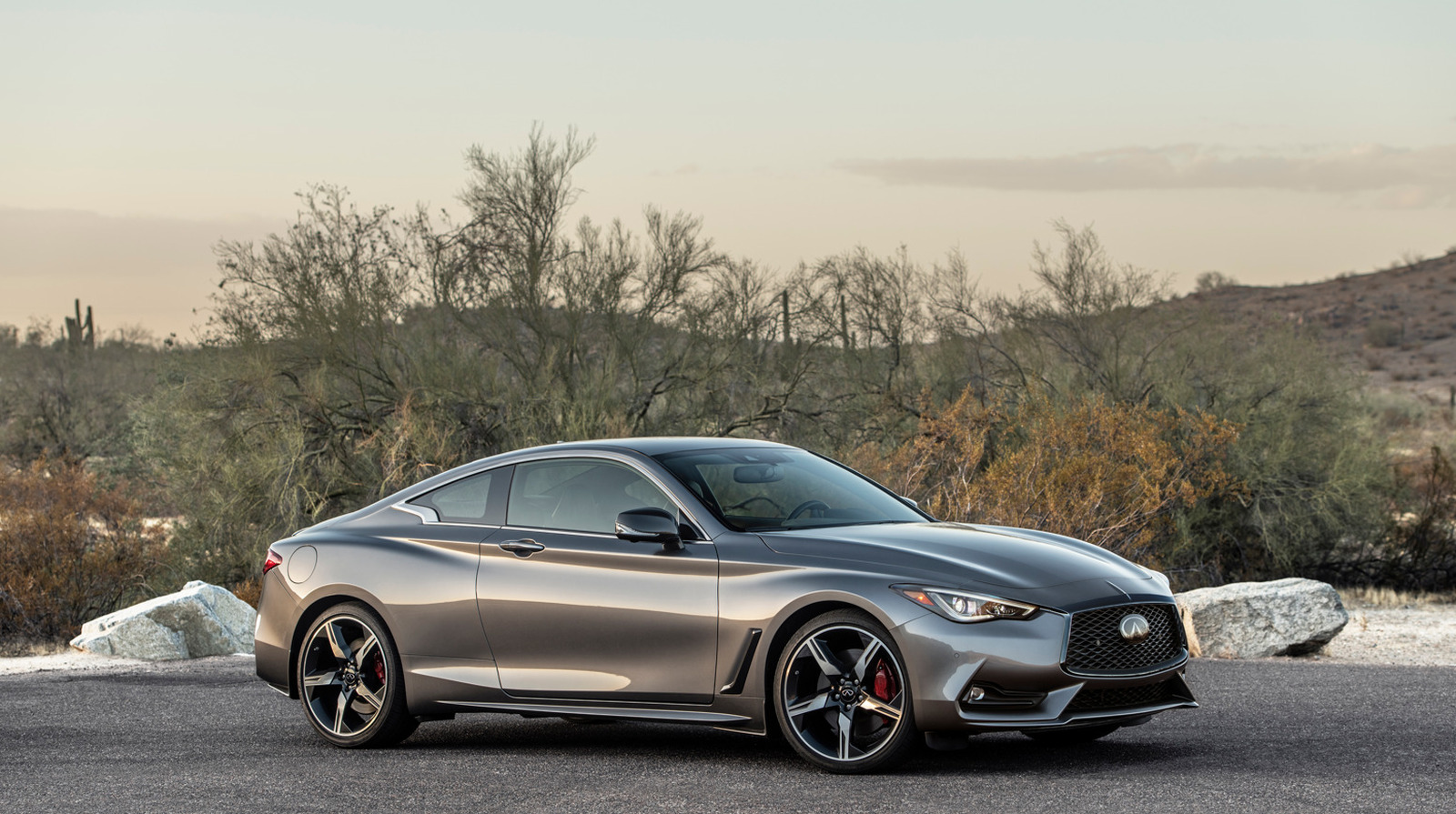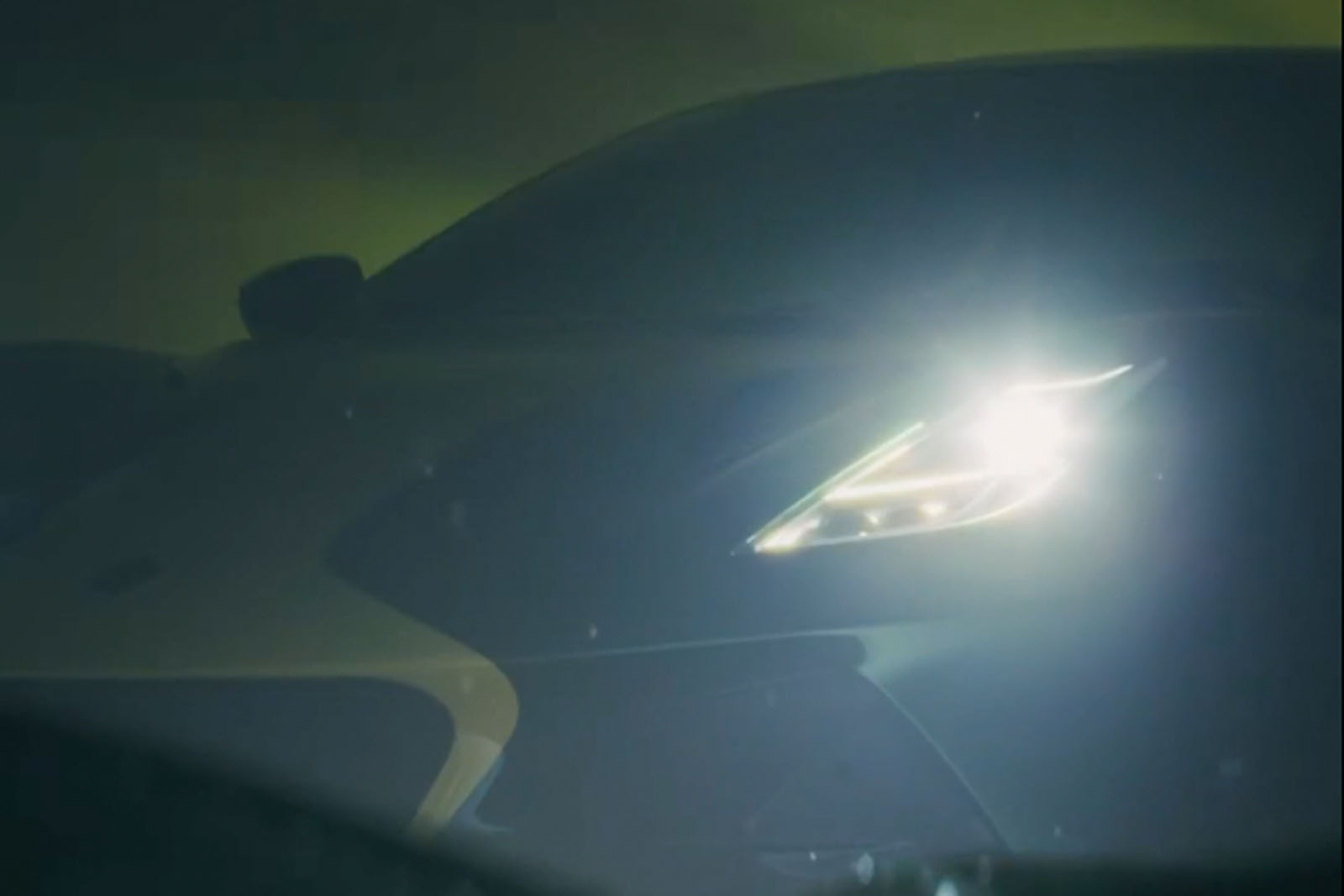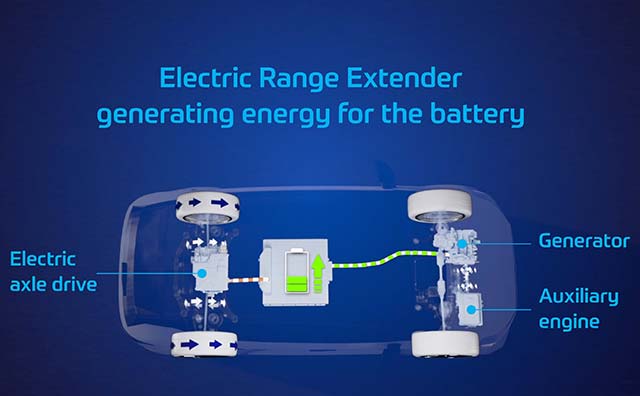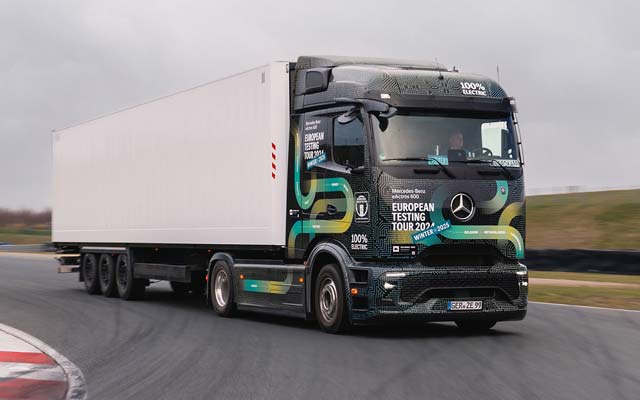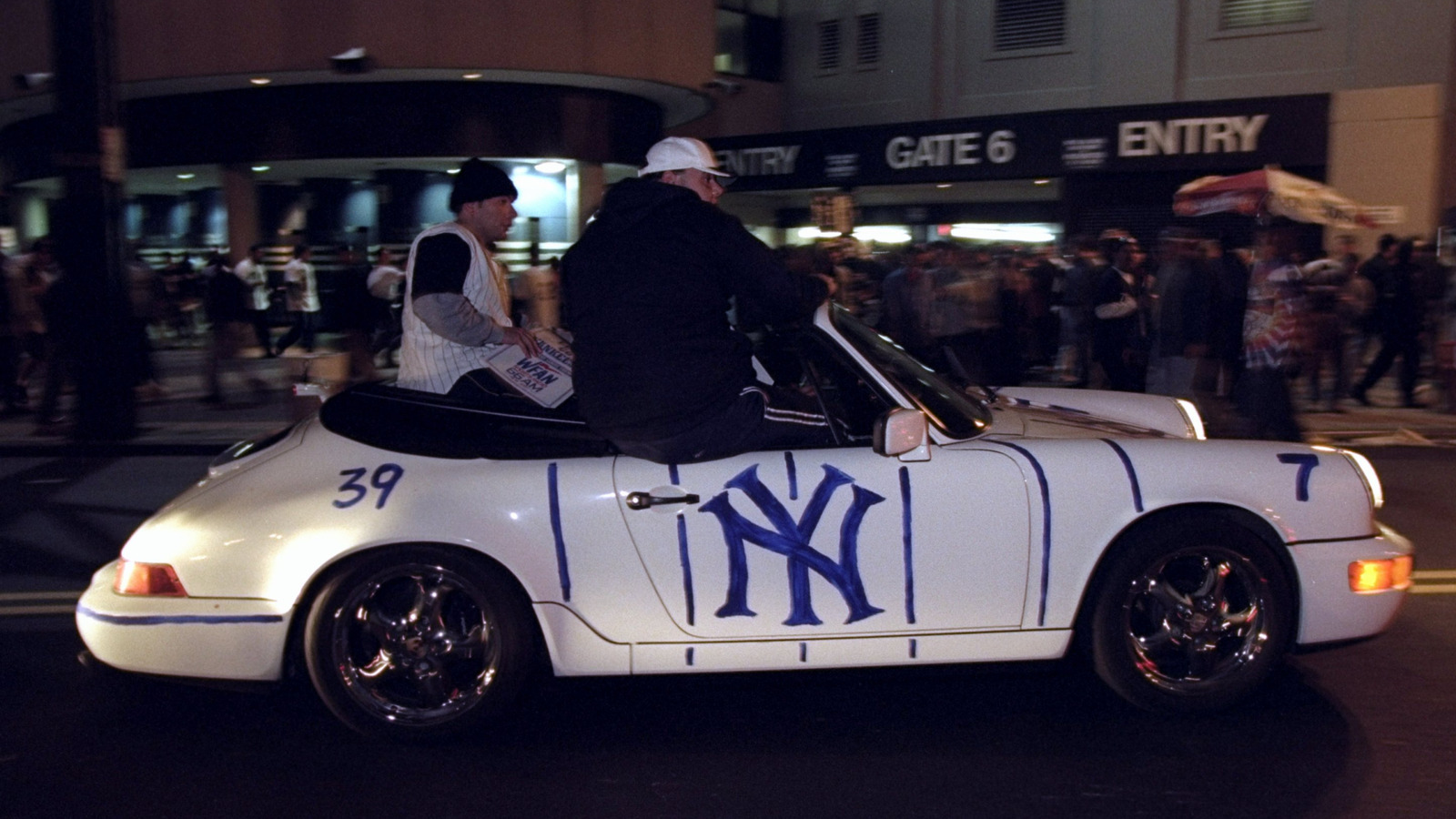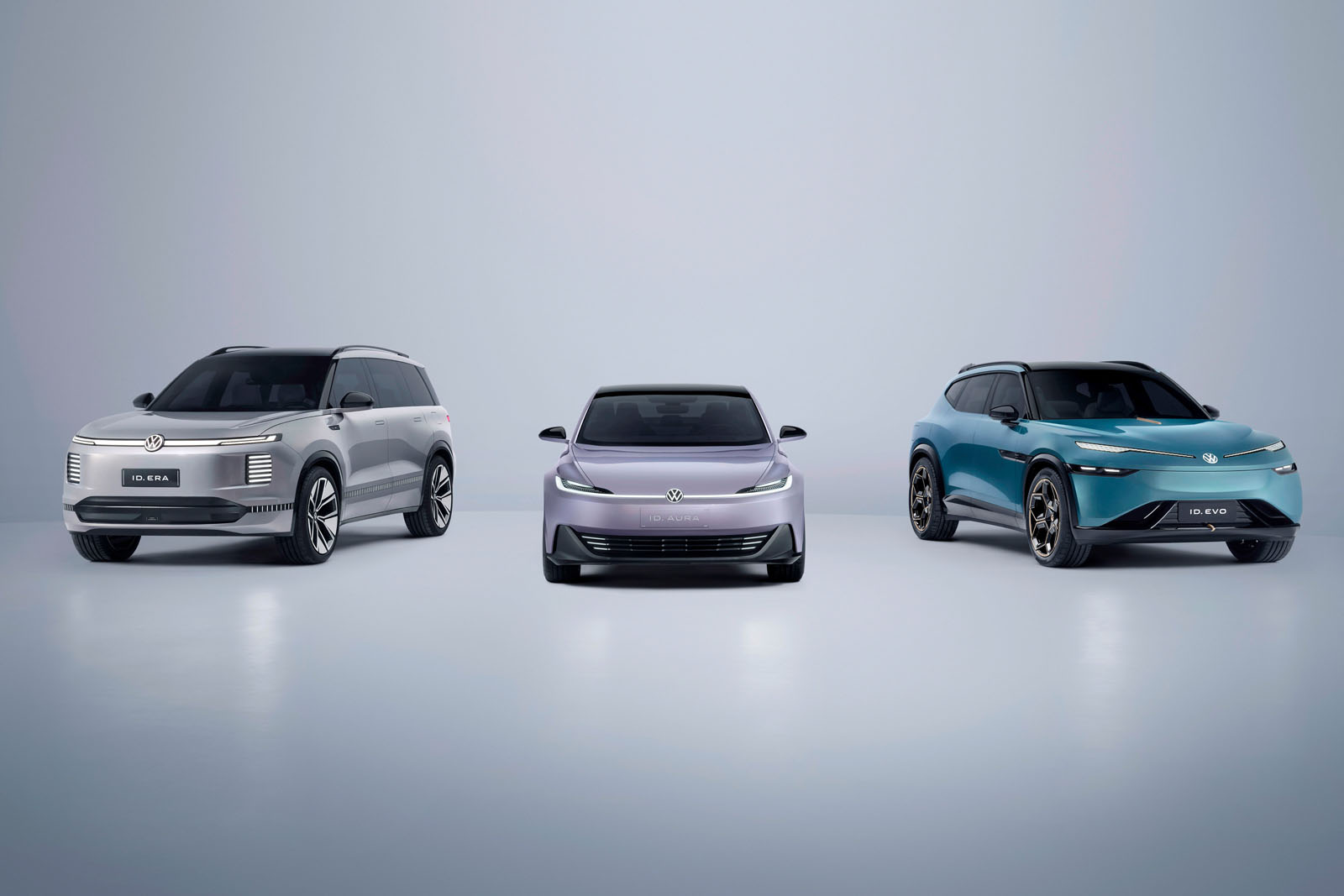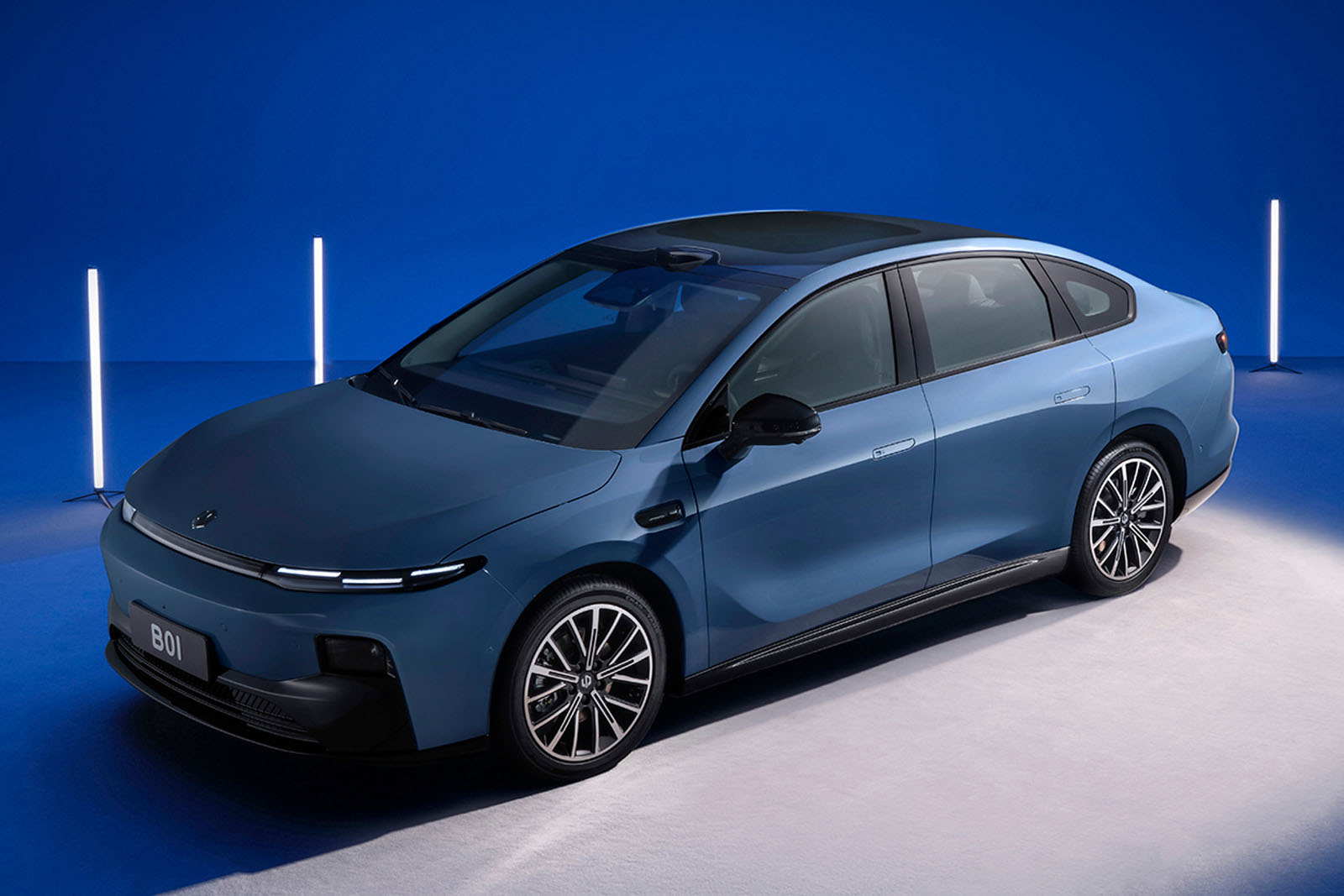"Blunt" SUVs significantly more likely to cause pedestrian deaths - study
High-riding vehicles increase the risk of fatal injury by 44% for adults and 130% for young children Pedestrians hit by SUVs and pick-ups are significantly more likely to be killed than those hit by lower-riding hatchbacks and saloons, according to a new study. Conducted by Imperial College London and the London School of Hygiene and Tropical Medicine, the review compared data from collisions involving SUVs and ‘light trucks’ (pick-ups and small vans) with those involving saloons and hatchbacks. Its analysis of 682,509 collisions found that the risk of an adult pedestrian dying in a collision is 44% higher when they are hit by an SUV or light truck compared with a regular passenger car. For a child aged 0-9, that risk increases to 130% higher. The study estimates that 17% of adult pedestrian and cyclist fatalities could be avoided if drivers swapped their SUVs for lower-riding cars instead. That translates to 620 lives per year, it said. However, it should be noted that the study primarily focuses on collisions in the US, where vehicles are typically larger and heavier than in Europe. Four-fifths of the study’s comparisons between crashes involving SUVs and regular passenger cars were from America. European data is also influenced by the lower proportion of SUVs driven, compared with the US. As such, the study estimates that 8% of adult pedestrian and cyclist fatalities in Europe could be avoided by switching to traditional passenger cars. Despite the findings, the report cautions against a blanket ban on ‘SUVs’, noting there is no universally accepted or legal definition of what constitutes an SUV. It instead urges action against the biggest risk factor: the high beltlines and blunt front ends that are typical of SUVs and pick-ups. “The key mechanism underlying this increased risk appears to be the taller and blunter profile of the front end of SUVs and [light trucks],” the study states. “This means that the victim is initially struck higher up on their body (eg, the pelvis not the legs for an adult, or the thorax not the pelvis for a child). “It further means that the victim is more likely to be thrown forward into the road, rather than carried on the vehicle’s hood [bonnet]. “These and other crash dynamics are associated with a higher proportion of upper body injuries (including to the head, thorax and abdomen) and with a more serious injury profile.” Indeed, according to a 2024 study published in journal Economics of Transportation, a 10cm increase in a car's front-end height increases the risk of pedestrian fatality by 22%.

 High-riding vehicles increase the risk of fatal injury by 44% for adults and 130% for young children
High-riding vehicles increase the risk of fatal injury by 44% for adults and 130% for young children
Pedestrians hit by SUVs and pick-ups are significantly more likely to be killed than those hit by lower-riding hatchbacks and saloons, according to a new study.
Conducted by Imperial College London and the London School of Hygiene and Tropical Medicine, the review compared data from collisions involving SUVs and ‘light trucks’ (pick-ups and small vans) with those involving saloons and hatchbacks.
Its analysis of 682,509 collisions found that the risk of an adult pedestrian dying in a collision is 44% higher when they are hit by an SUV or light truck compared with a regular passenger car. For a child aged 0-9, that risk increases to 130% higher.
The study estimates that 17% of adult pedestrian and cyclist fatalities could be avoided if drivers swapped their SUVs for lower-riding cars instead. That translates to 620 lives per year, it said.
However, it should be noted that the study primarily focuses on collisions in the US, where vehicles are typically larger and heavier than in Europe. Four-fifths of the study’s comparisons between crashes involving SUVs and regular passenger cars were from America.
European data is also influenced by the lower proportion of SUVs driven, compared with the US. As such, the study estimates that 8% of adult pedestrian and cyclist fatalities in Europe could be avoided by switching to traditional passenger cars.
Despite the findings, the report cautions against a blanket ban on ‘SUVs’, noting there is no universally accepted or legal definition of what constitutes an SUV.
It instead urges action against the biggest risk factor: the high beltlines and blunt front ends that are typical of SUVs and pick-ups.
“The key mechanism underlying this increased risk appears to be the taller and blunter profile of the front end of SUVs and [light trucks],” the study states.
“This means that the victim is initially struck higher up on their body (eg, the pelvis not the legs for an adult, or the thorax not the pelvis for a child).
“It further means that the victim is more likely to be thrown forward into the road, rather than carried on the vehicle’s hood [bonnet].
“These and other crash dynamics are associated with a higher proportion of upper body injuries (including to the head, thorax and abdomen) and with a more serious injury profile.”
Indeed, according to a 2024 study published in journal Economics of Transportation, a 10cm increase in a car's front-end height increases the risk of pedestrian fatality by 22%.













